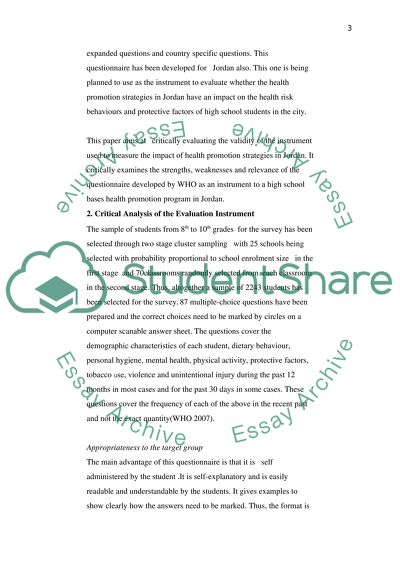Cite this document
(Instrument to Critique - Development and Validation of the Client Diag Assignment, n.d.)
Instrument to Critique - Development and Validation of the Client Diag Assignment. Retrieved from https://studentshare.org/health-sciences-medicine/1557534-assignment-instrument-to-critique
Instrument to Critique - Development and Validation of the Client Diag Assignment. Retrieved from https://studentshare.org/health-sciences-medicine/1557534-assignment-instrument-to-critique
(Instrument to Critique - Development and Validation of the Client Diag Assignment)
Instrument to Critique - Development and Validation of the Client Diag Assignment. https://studentshare.org/health-sciences-medicine/1557534-assignment-instrument-to-critique.
Instrument to Critique - Development and Validation of the Client Diag Assignment. https://studentshare.org/health-sciences-medicine/1557534-assignment-instrument-to-critique.
“Instrument to Critique - Development and Validation of the Client Diag Assignment”, n.d. https://studentshare.org/health-sciences-medicine/1557534-assignment-instrument-to-critique.


